Kevin
Spanning a year after the previous trip to Cambodia in June 2014 (exactly the time when SIGHT was known as GHTI instead), the whole hardware and software team, with new members, return to the country once again in June 2015, this time with two technologies introduced by SIGHT: electronic medical record system (EMRS), developed by software team, and drug dispensary box (DDX) by the hardware team.
Spanning a year after the previous trip to Cambodia in June 2014 (exactly the time when SIGHT was known as GHTI instead), the whole hardware and software team, with new members, return to the country once again in June 2015, this time with two technologies introduced by SIGHT: electronic medical record system (EMRS), developed by software team, and drug dispensary box (DDX) by the hardware team.
As usual, these products would be tailored to One-2-One, a New Zealand-based healthcare NGO that
operates mobile clinics in the capital, Phnom Penh. Within approximately one week (8-16 June 2015), both teams in SIGHT toiled hard in ensuring that the products developed in this Spring semester be as user-friendly and easily accessible by the One-2-One staff as possible. It was really exciting to see, despite initial difficulties in adjusting to the new system and some unexpected ‘bugs’ discovered during site testing, the willingness by One-2-One, and especially the medical teams, in learning the new system, and getting adjusted to it.
operates mobile clinics in the capital, Phnom Penh. Within approximately one week (8-16 June 2015), both teams in SIGHT toiled hard in ensuring that the products developed in this Spring semester be as user-friendly and easily accessible by the One-2-One staff as possible. It was really exciting to see, despite initial difficulties in adjusting to the new system and some unexpected ‘bugs’ discovered during site testing, the willingness by One-2-One, and especially the medical teams, in learning the new system, and getting adjusted to it.
But one greatest thing that has been observed is the dynamism of this country, especially the young generation. Once referred to as ‘Jewel of Southeast Asia’ in early 1960s, Cambodia had experienced one of the most devastating tragedies in the history of mankind in mid-1970s. Despite the tumultuous and shattering past, there remain big hopes for a brighter future from the young generation. Throughout the journey, both teams have met numerous inspiring and multi-talented individuals who, by utilizing their skills and expertise, are contributing not only to the betterment of their own self-qualities, but also the surrounding societies. These include the most dedicated members of One-2-One, who unswervingly serve slum communities with all the medical expertise that they have been trained before.
It is true that the country continues to be beset by endemic problems, such as poverty, corruption, and lack of functioning infrastructure. But the real hope is in the young generation. A generation that is not only healthy, but also productive, hardworking, and well-equipped with multiple skills. Improving healthcare is one of the essential visions of One-2-One, and this is where SIGHT is willing to introduce affordable technologies to maximize the outcome.
One small step for Cambodia, it’s a huge leap of faith for SIGHT.
One small step for Cambodia, it’s a huge leap of faith for SIGHT.


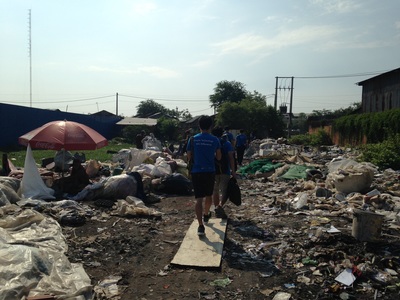
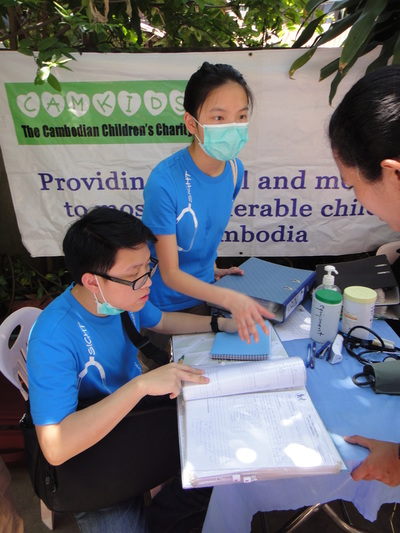
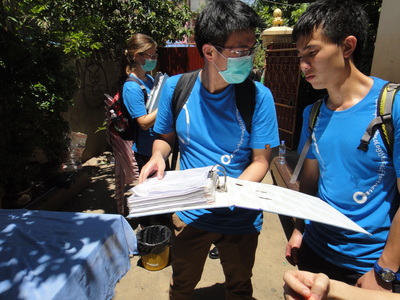
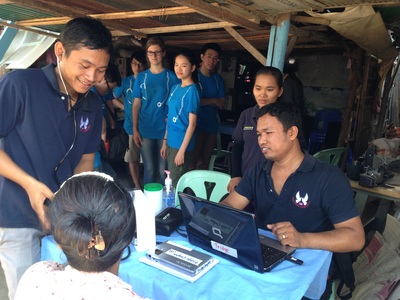
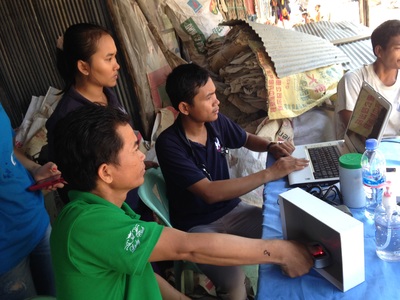
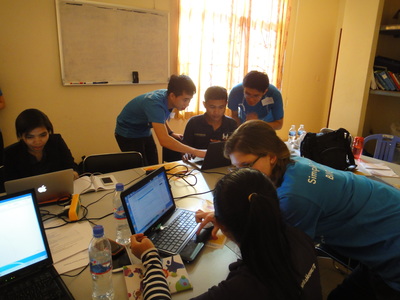
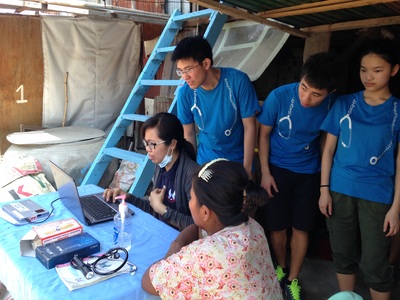
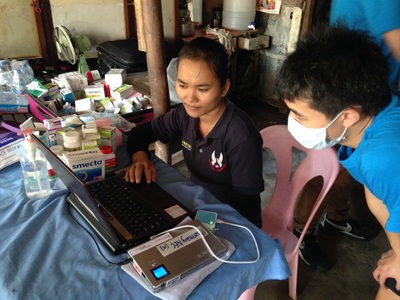
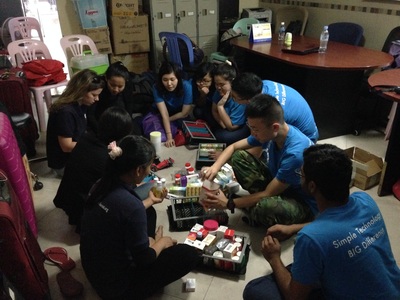
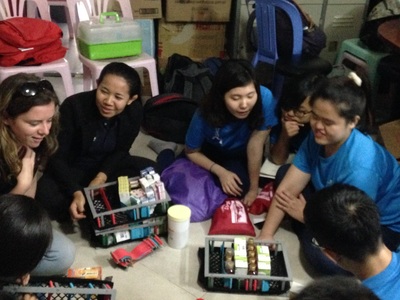

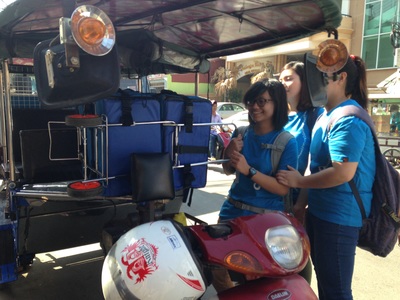
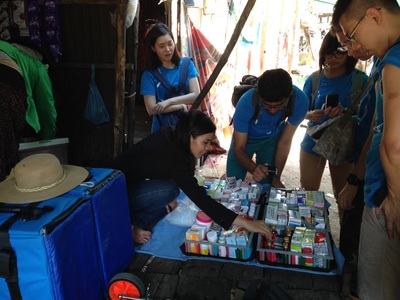

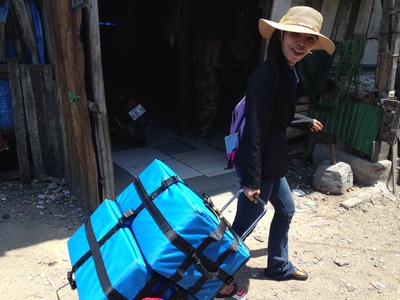
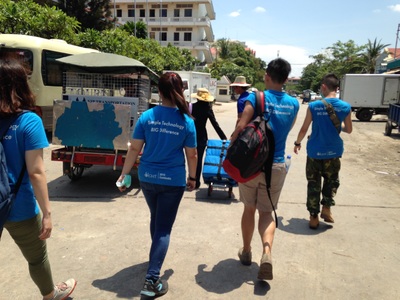
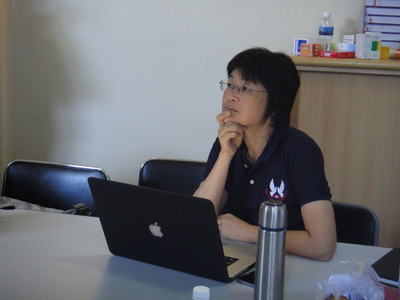
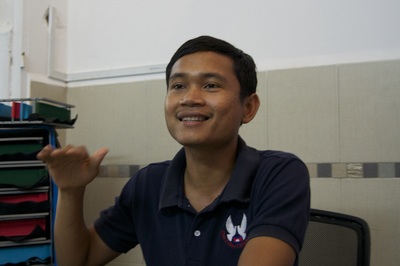
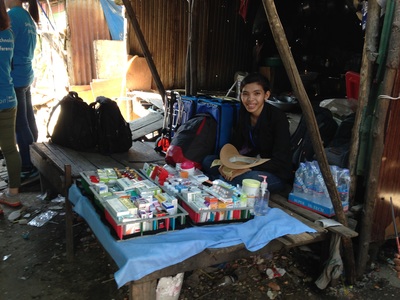
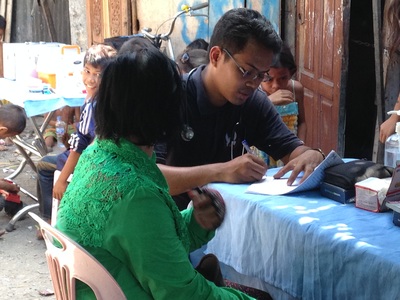
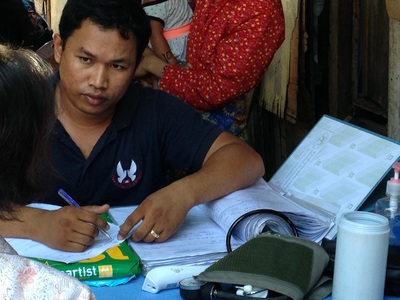
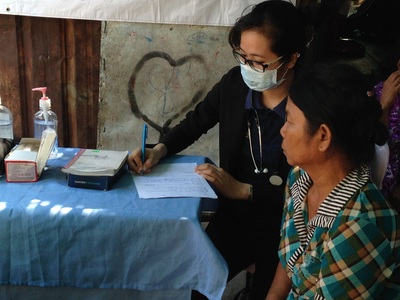
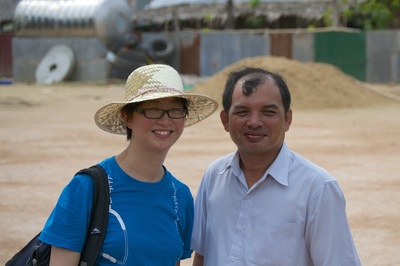
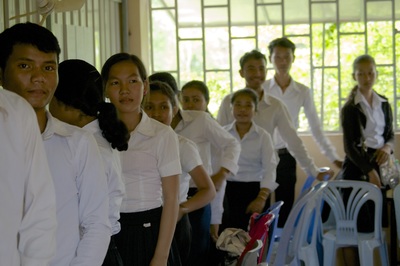
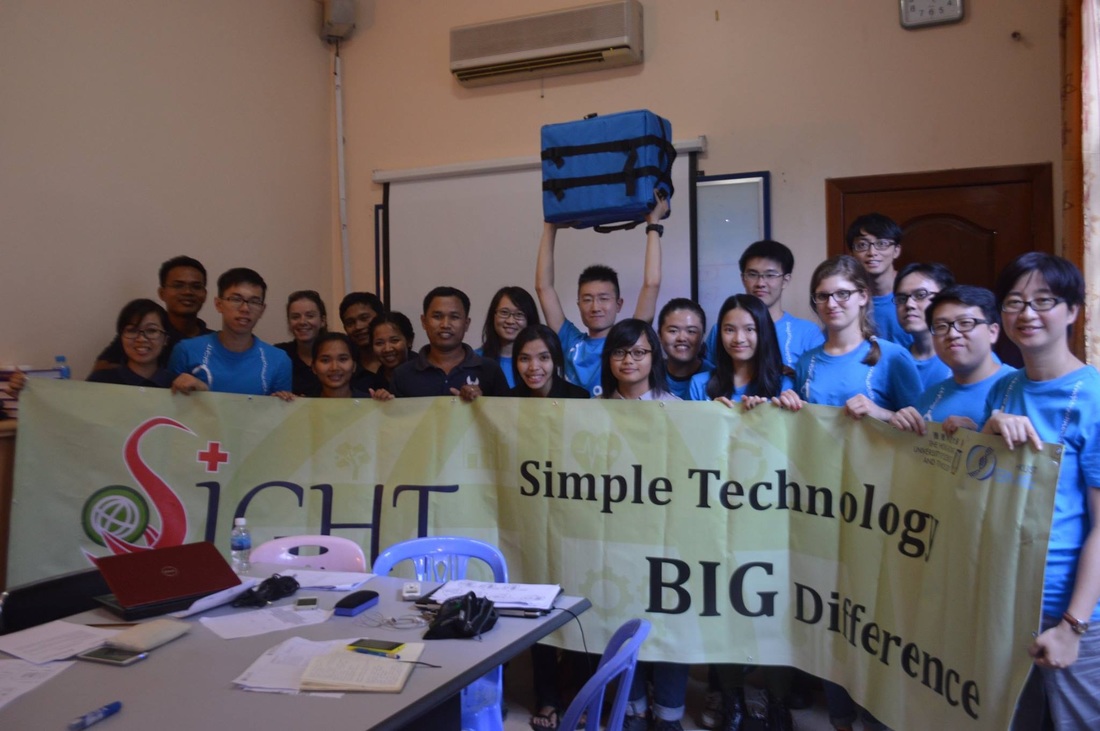
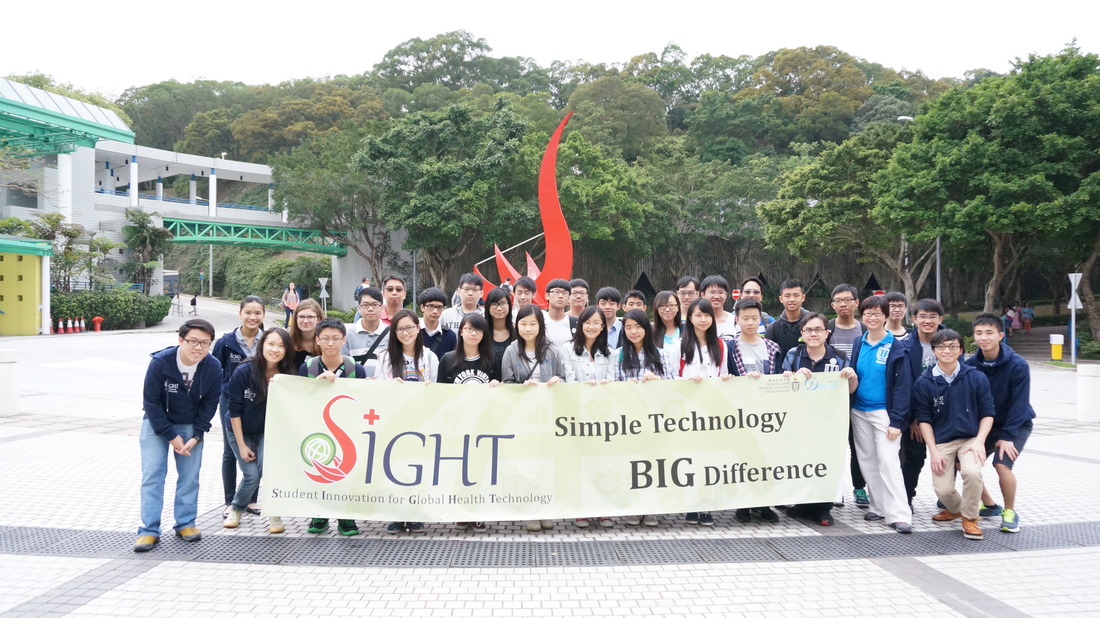
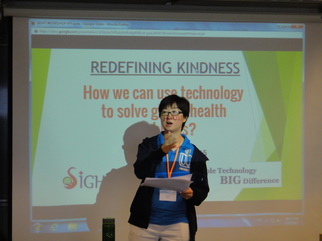
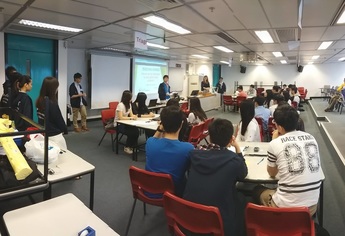
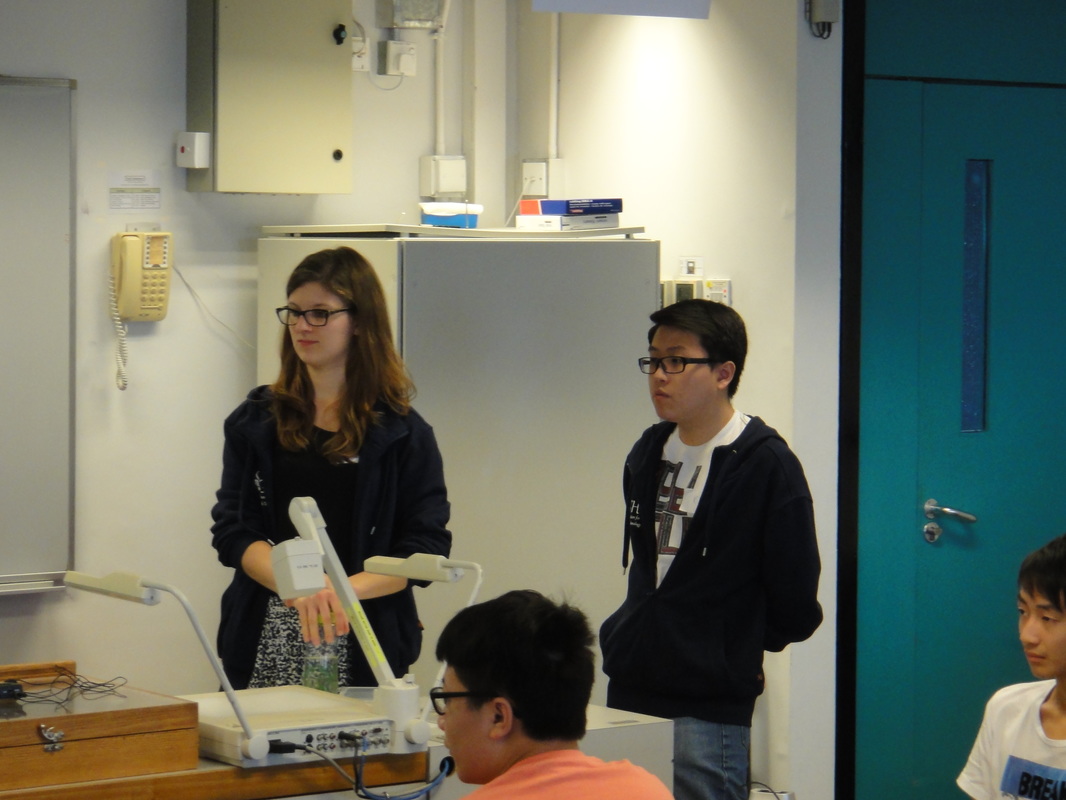
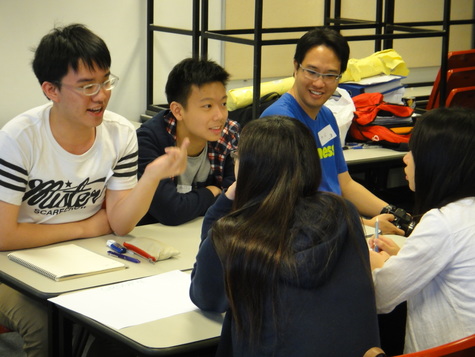
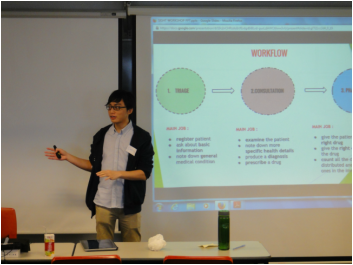
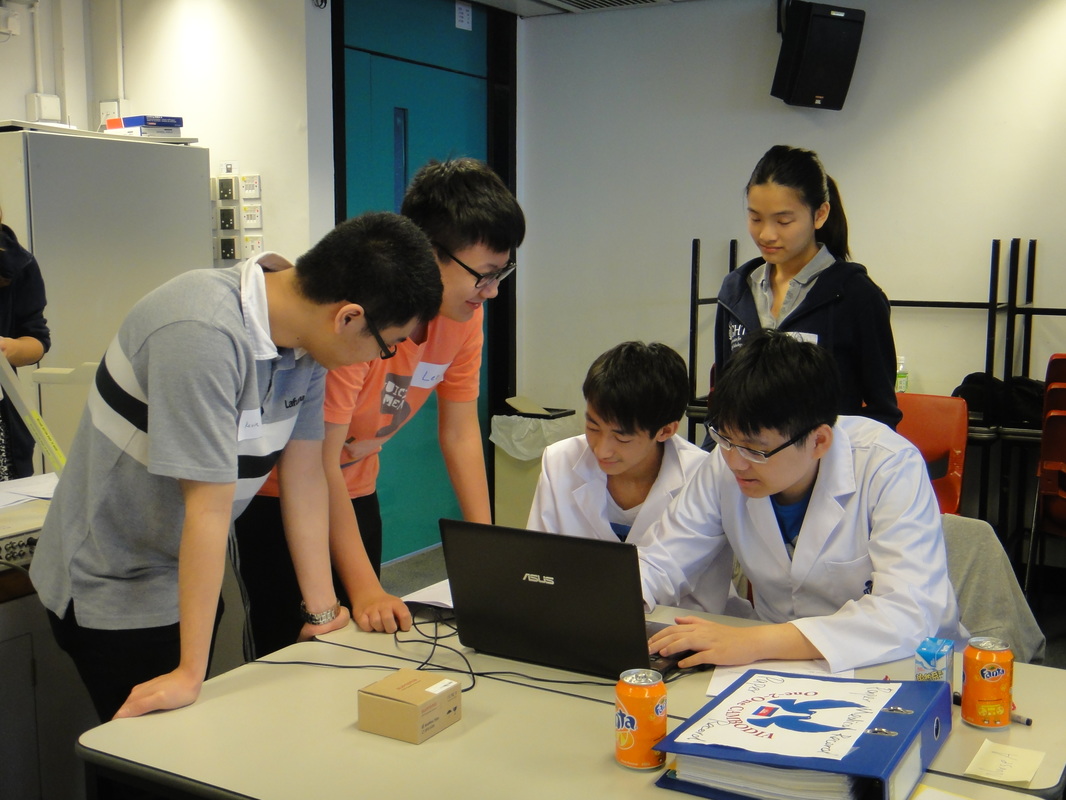
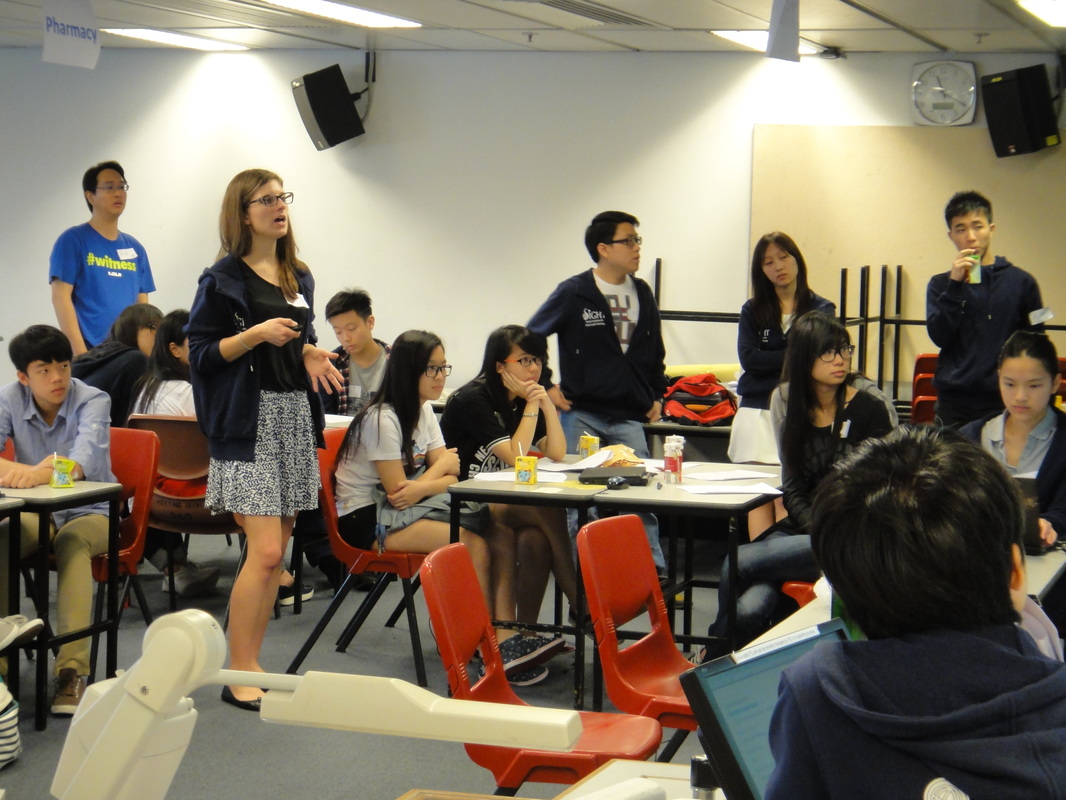
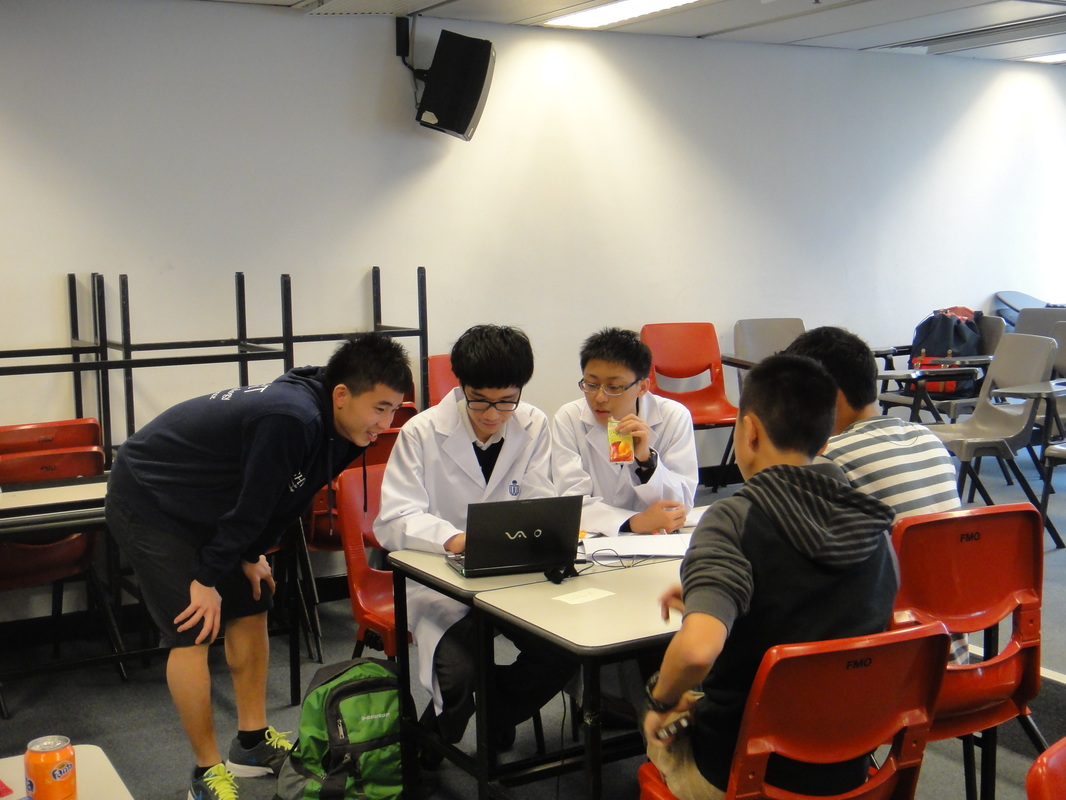
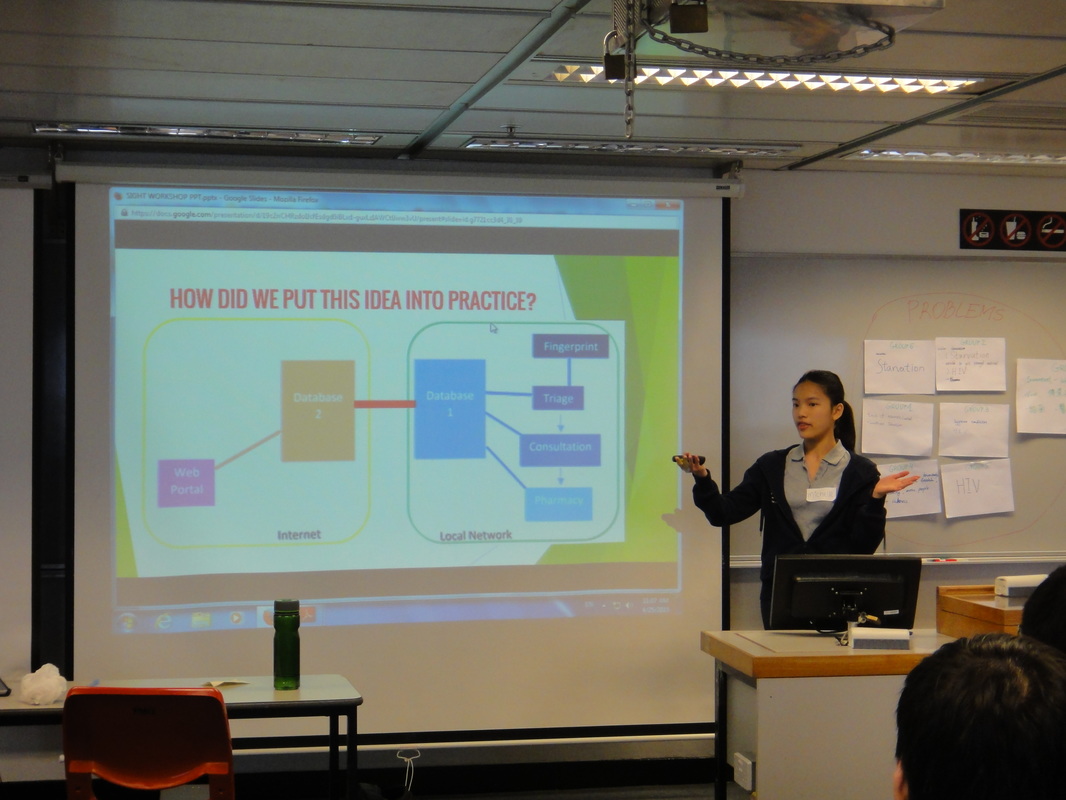
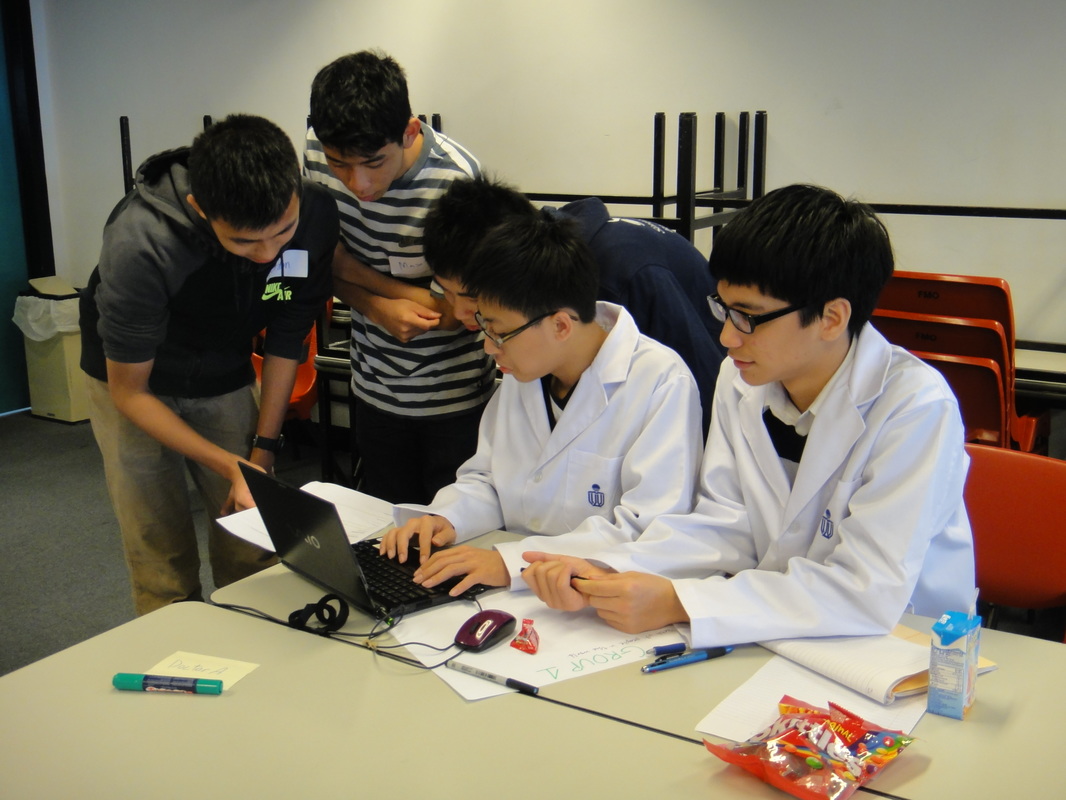
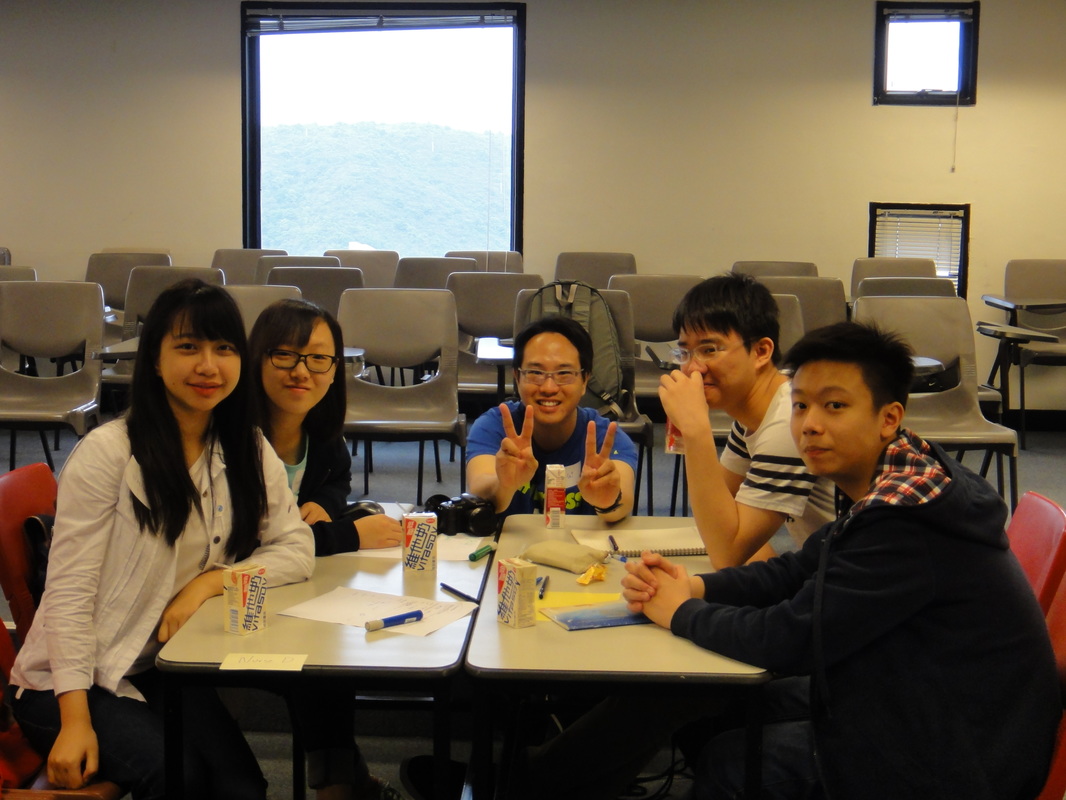
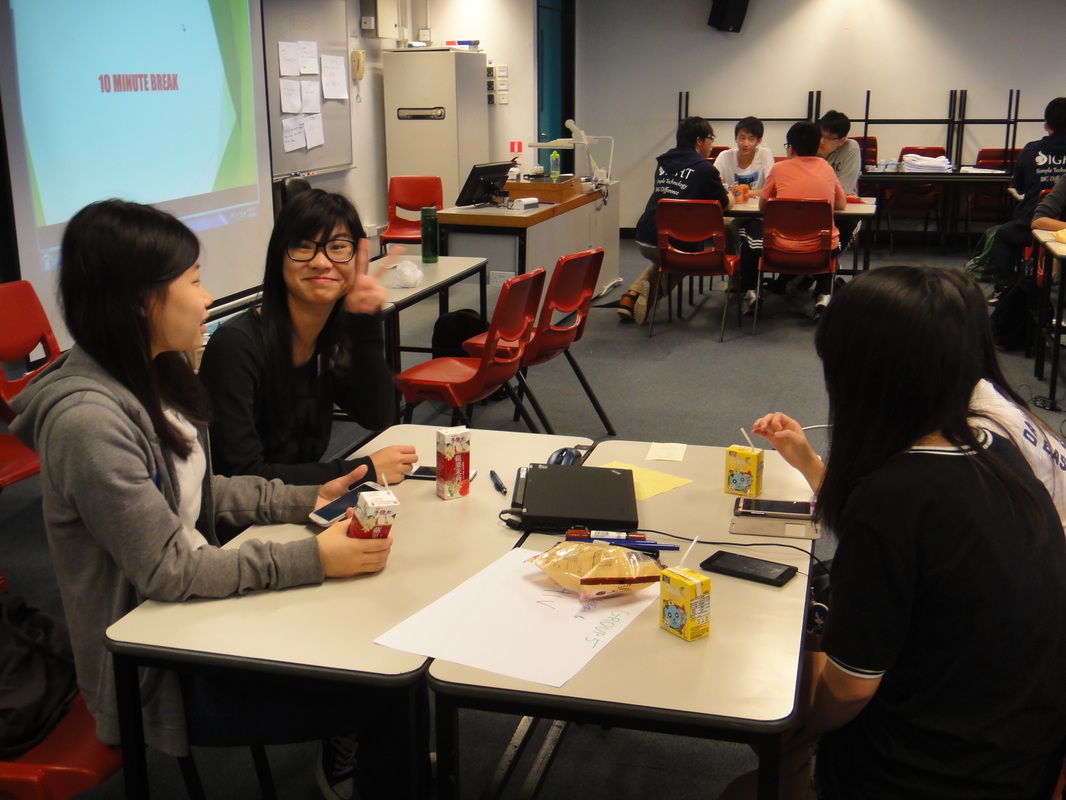
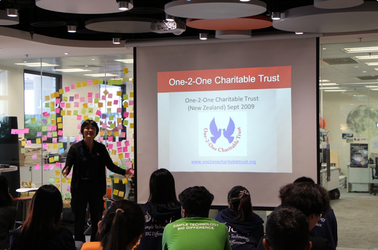
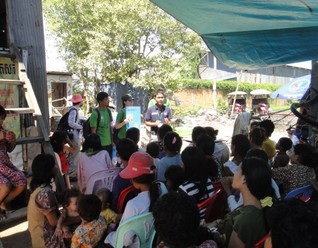
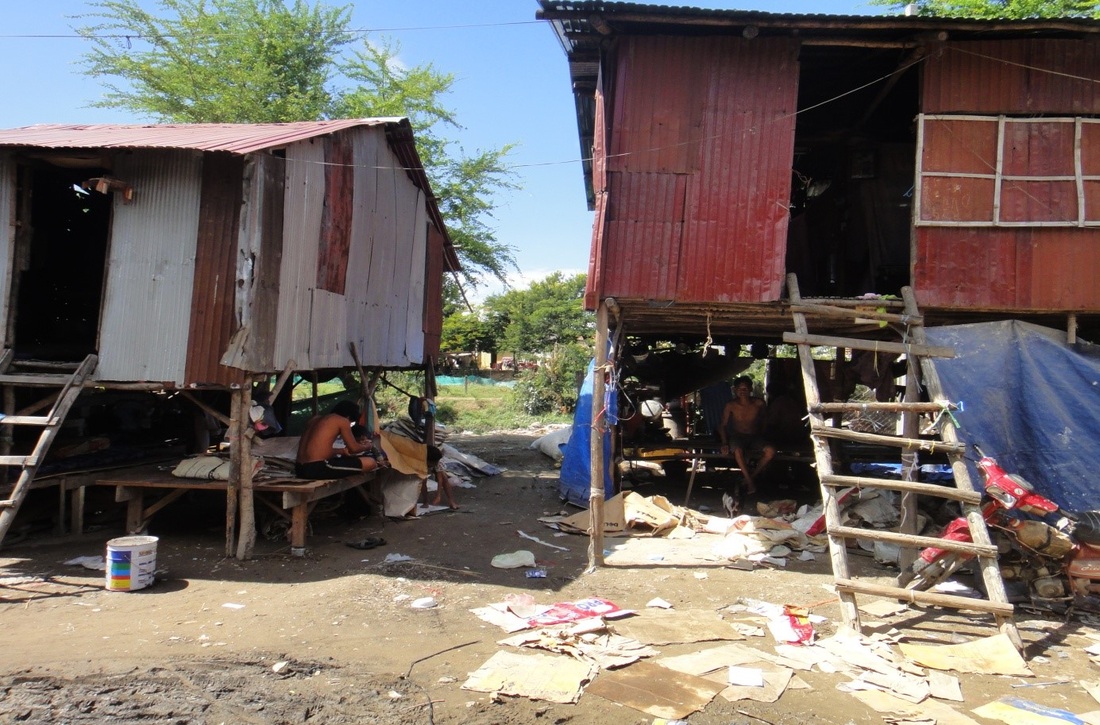
 RSS Feed
RSS Feed
